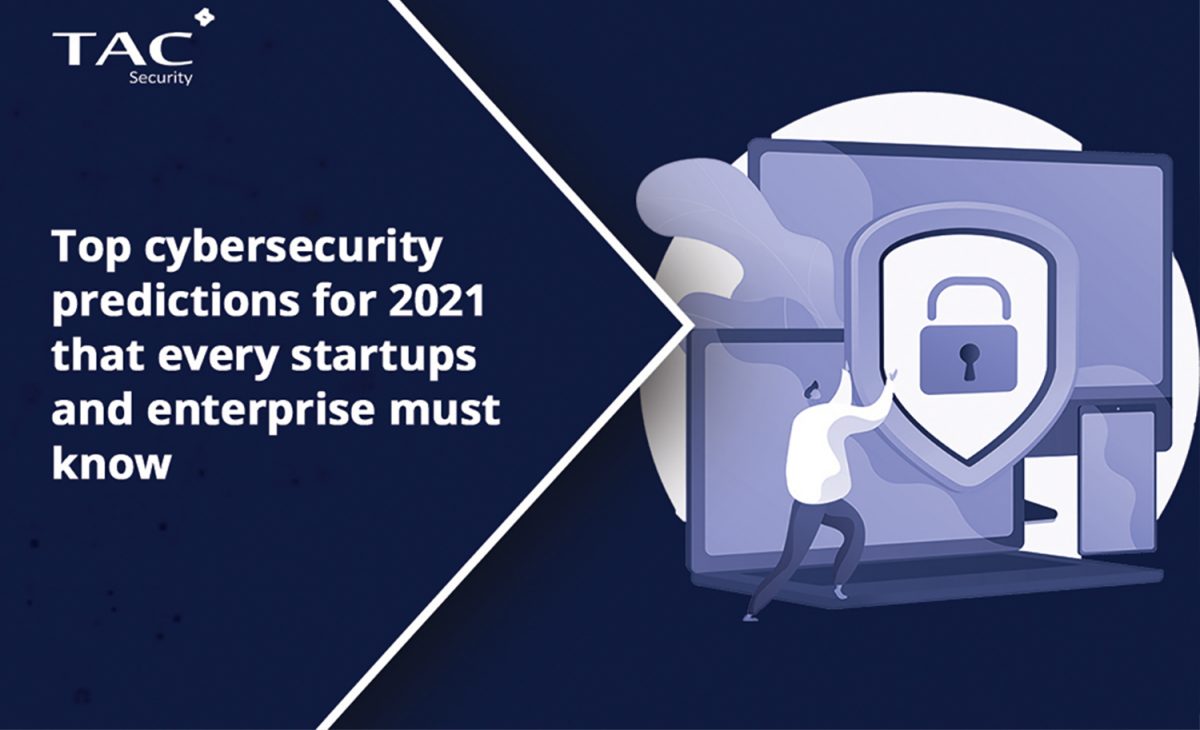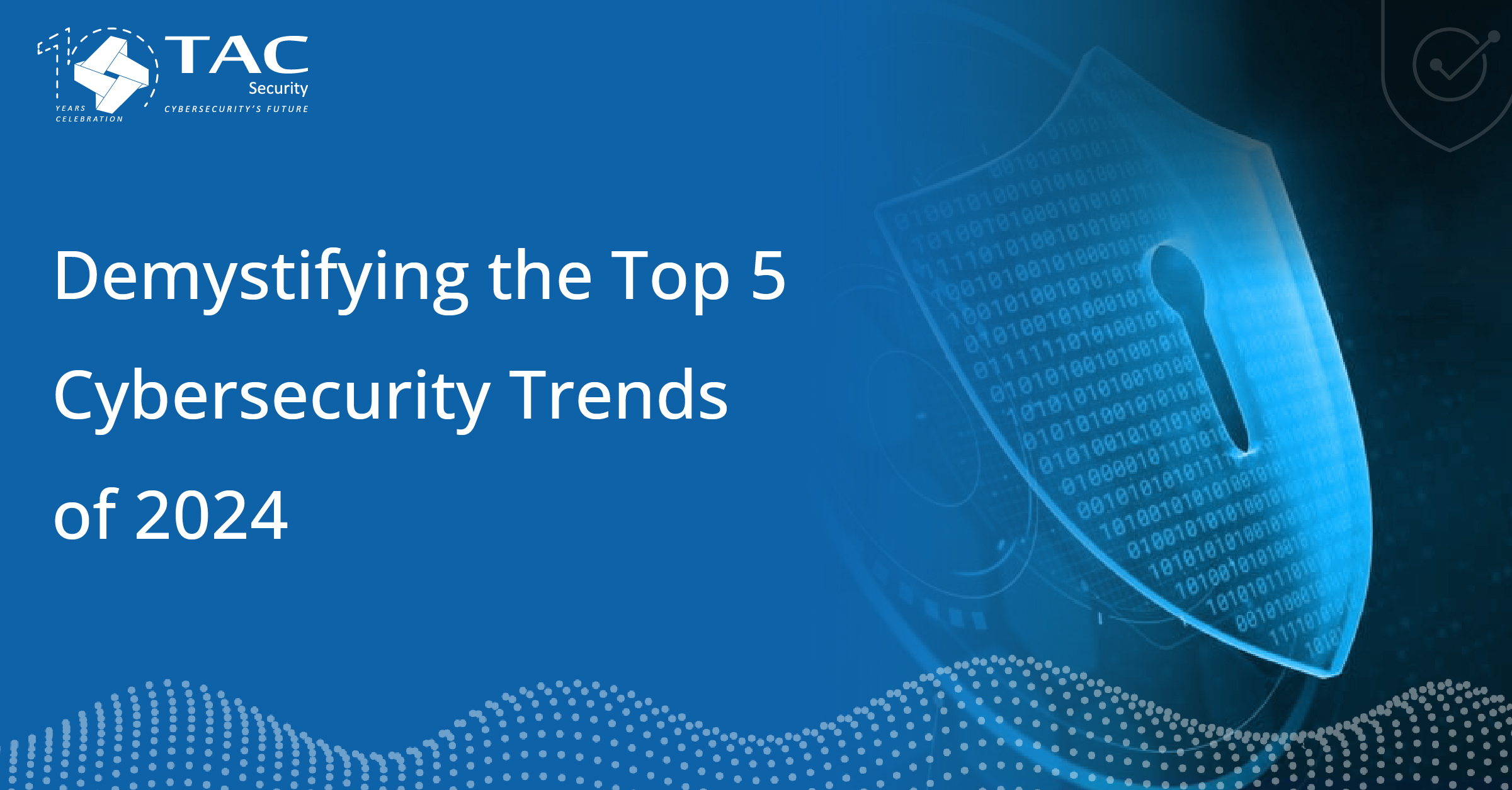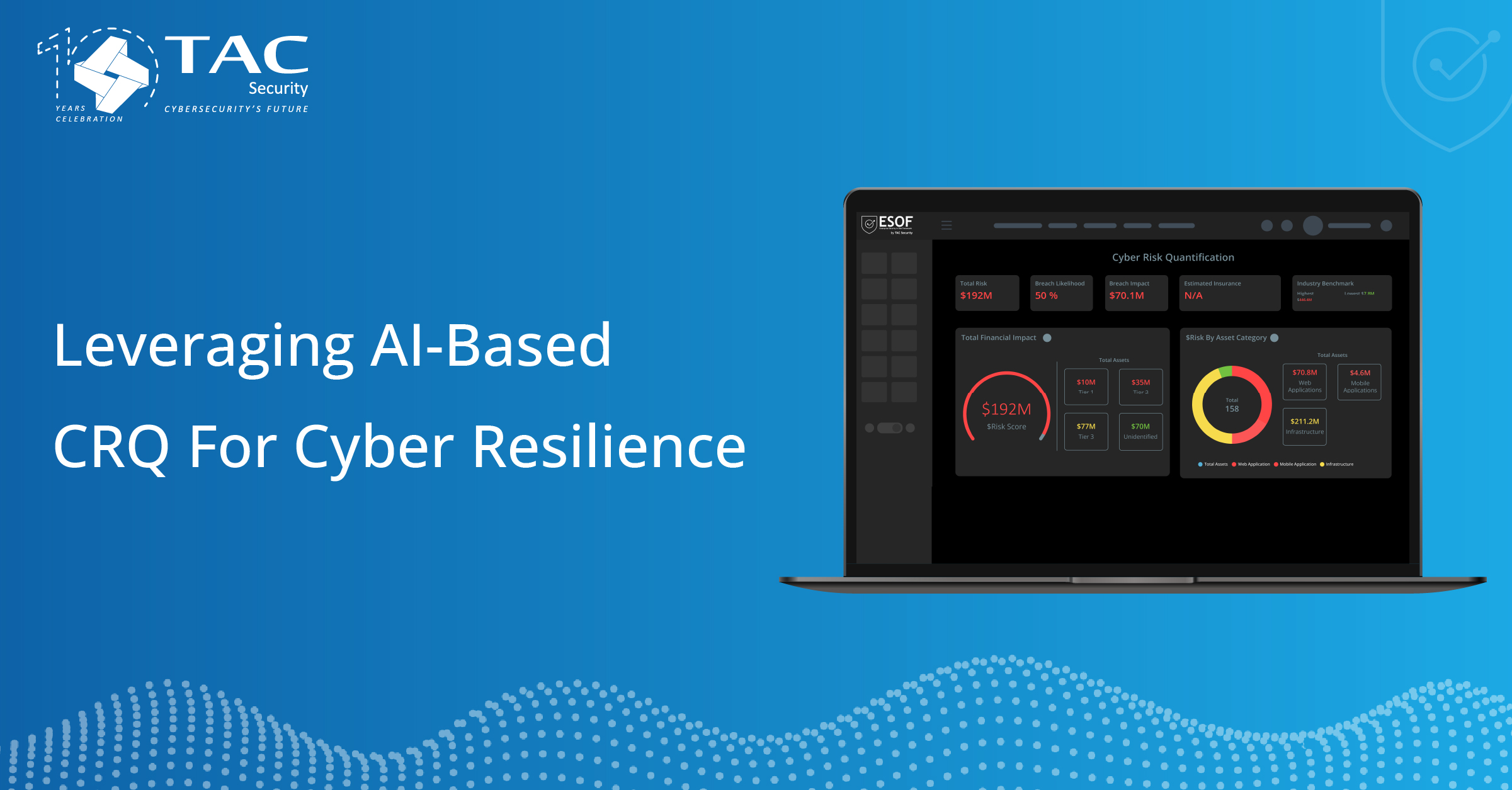
December, the last month of the year 2022, is going on, and we’ve come up with expert predictions and analysis on the trends of cyber security may predict in the coming year 2023.
Every year cybersecurity view worsens instead of a lot of efforts made by the CISO or expert team. An increment in cyberattacks and data breaches by 15.1% in 2021 has been seen in a report by ThoughtLabOpen’s new window, more than the preceding year.
Experts forecast that in 2023 more advanced ransomware will lead the organization toward more robust cybersecurity. In addition, 29% of CEOs/CISOs and 40% of Chief Security Officers confess that their enterprises are unfit for a promptly changing cybersecurity and threat outlook.
Here’s take a look at some of the cybersecurity trends every organization needs to watch in the succeeding year, 2023:
More robust cybersecurity predictions within organizations in 2023
- Cyberattacks will be influenced by geopolitics in the future
- Balancing privacy with regulation
- Zero-trust enactment will grow
- Increasing Deployment of Multifactor Authentication
- Threats to small businesses will increase.
- Cyberattacks will be influenced by geopolitics in the future
The cyber operations against Ukraine from Russia’s government-affiliated hacker groups will continue, per MIT Technology Review. In 2022, Russia attacked Ukraine at least six times with malware. As per the Forbes reports, businesses unbiased with the government might become the targets of state-sponsored attackers. In the months leading up to next year’s elections, over 70 countries are expected to see cyberattacks on infrastructure and disinformation campaigns.
After high-profile attacks like SolarWinds, LAPSUS$, and Log4Shell, policymakers are becoming increasingly concerned with securing the software supply chain, as demonstrated by the Biden administration’s Executive Order 14028 and the Securing Open Source Software Act, as well as France’s efforts to create cyber campuses.
- Ransomware will continue to pose a threat.
According to the MIT Technology Review, Ransomware-as-a-Service (RaaS) is diminishing, especially after what happened to gangs that grew too big, such as REvil, DarkSide/BlackMatter, Conti, and LockBit. In 2023, we’ll see ransomware attacks concentrating on bribing data rather than concealing it. Due to the lack of complicated public-private essential handling requirements, data corruption is faster than full encryption, and the code is easier to write.
- Cryptocurrency and the blockchain
As per the MIT technology review, crypto hacks occurred in 2022, having more than 100 extensive victims in the world of crypto. In 2023, attackers make it challenging to track the IP addresses as they are leasing out as a part of a bot proxy system. IP addresses make detecting and comprehending between a good home user and a bot difficult. In 2023, we’ll see more security leaders addressing bots by causing too much harm and lost revenue eventually.
- Generating the use of AI and machine learning
Forbes reports state that it will use artificial intelligence and machine learning will automate cybersecurity, but threats could abuse them. Security researchers will concentrate on AI, a buzzword, next year. Also, in the next year, the US government will publish about 5G and cybersecurity.
- Expansion of IoT and attack surface
In 2025, according to Forbes, there will be more than 30 billion IoT connections, with an average of four persons for each device. A PR Newswire report states that malicious activity is increasing due to the increasing number of threat vectors and the spread of the Metaverse.
There are many more cyber security trends for the year 2023:
- Emphasize on companies security culture
- The threat of Deepfakes and the increase in potency
- Increase in security risk with economic variability
US Federal government takes necessary steps toward cyber security.
Founder of SecurityScore card Aleksandr Yampolskiy says that government will take significant steps towards security. In 2023, digital immune systems will deliver resilience and mitigate security and operational risks, according to Gartner.
In the upcoming year, 2023, technology companies will explore government contracts. However, it is crucial as they’ll merge with the public sector and look at these government regulations as standard to create essential secure software.
Get ESOF Prediction for cyber security Trends 2023
TAC Security’s ESOF Vulnerability Management platform replaces legacy vulnerability tools and various point products to maintain your cybersecurity posture constantly and auto-prioritize open vulnerabilities across assets. Our ESOF Prediction feature uses machine learning to report these vulnerabilities for the upcoming month. Your most recent scan results will calculate each architecture type’s vulnerability specifics.
Here are the features of ESOF Prediction. Check them out:
- Predict the number of monthly vulnerabilities
This part of the model predicts the vulnerabilities for the upcoming month.
- Prediction of ESOF cyber score
This part of the model uses the number of vulnerabilities for the upcoming month and calculates the estimated cyber score.
- Prediction of patched vulnerabilities
This part of the model predicts the number of vulnerabilities that could be patched in the upcoming month.
- Top 5 vulnerabilities
This part of the algorithm recommends the top 5 vulnerabilities that could occur in the upcoming month.
You can check out ESOF products to secure your IT Infrastructure.




